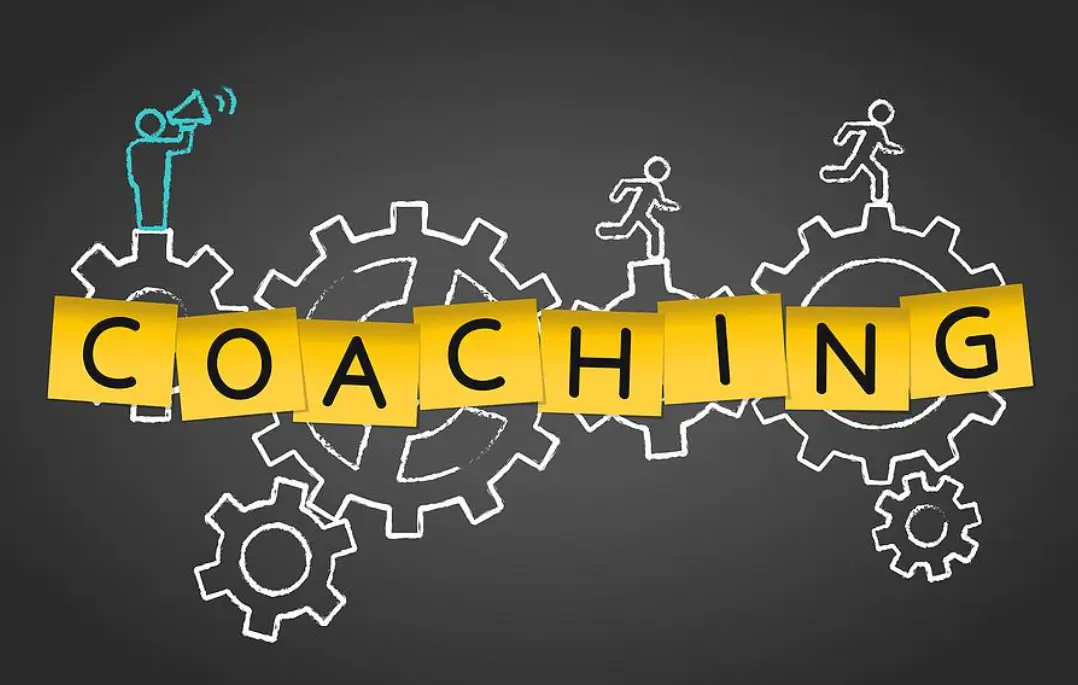Creativity doesn’t start when a workshop begins, and it certainly doesn’t end when the last sticky note is placed on the wall. While frameworks like Design Sprints and Foundation Sprints provide structure for rapid ideation and problem-solving, the true impact of these sessions depends just as much on what happens before and after the workshop.
The reality is that a well-run sprint is not just about generating ideas, it’s about empowering people, aligning teams, and sustaining momentum long after the session is over. And this is where the principles of co-active coaching and co-active leadership come into play.
Before the Sprint: Preparing the Ground for Creativity
Too often, teams enter workshops without a clear sense of purpose. They might be excited about “being innovative,” but they lack alignment on what truly matters and why they are here in the first place. This is where co-active coaching principles can set the stage for deeper engagement.
In a co-active coaching approach, the focus is not just on finding solutions but on creating a space where people can explore, reflect, and take ownership of their creative process. Before a sprint, this means:
- Clarifying Intent – What is the real challenge we are solving? Are we asking the right questions?
- Aligning Perspectives – Are all voices heard? Are we making space for different viewpoints?
- Building Psychological Safety – Do participants feel safe to take risks, challenge ideas, and think beyond the obvious?
Much like an athlete warming up before a competition, the pre-workshop phase is about tuning the mindset of the team, ensuring they enter the sprint not just as participants but as co-creators of the experience.
During the Sprint: The Power of Co-Active Leadership
Once the sprint begins, creativity moves from exploration to action. However, this is not just about facilitating a step-by-step process; it is about leading in a way that empowers people to take responsibility for both the problem and the solution.
This is where co-active leadership becomes critical. In a sprint setting, leadership is not about one person driving the process, it’s about enabling others to step up. True creative breakthroughs happen when teams take ownership of their ideas, challenge assumptions, and work with authentic engagement rather than passive participation.
Co-active leadership in a sprint looks like:
- Creating Equal Ownership – Everyone, regardless of role or seniority, has a voice in shaping the outcome.
- Balancing Action and Reflection – Encouraging teams to think deeply, act decisively, and remain adaptable.
- Empowering People to Lead – Shifting from a facilitator-led session to a shared leadership model where everyone takes responsibility for making the sprint a success.
By applying co-active leadership principles, we transform workshops from simple exercises in brainstorming into transformational experiences that drive real commitment and change.
After the Sprint: Sustaining Momentum and Driving Impact
Perhaps the most overlooked part of any innovation process is what happens after the workshop ends. Ideas are exciting in the moment, but without proper follow-through, even the most brilliant concepts fade into the background of everyday business operations.
This is where coaching becomes a bridge between ideation and execution. After a sprint, the focus should shift to:
- Commitment to Action – Ensuring teams move beyond concepts to concrete next steps.
- Integration into Daily Work – Helping individuals and teams embed new ways of thinking into their workflow.
- Sustained Accountability – Using coaching methods to keep people engaged and motivated, turning ideas into lasting change.
At Managed Wisdom, we don’t just run workshops; we guide the entire creative journey. We help organizations not only generate ideas but also prepare for the process, lead with confidence, and ensure the work continues after the sprint is over. Because real creativity isn’t just about what happens in a room for a few days, it’s about how we carry that energy forward into meaningful, lasting impact.
